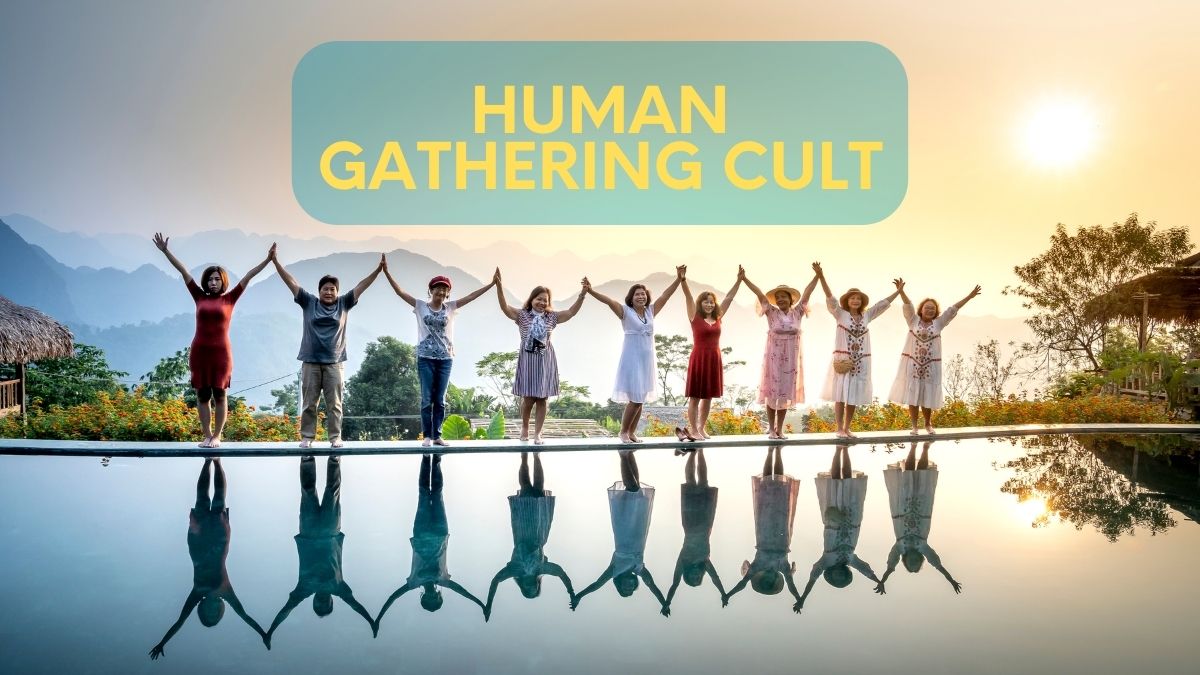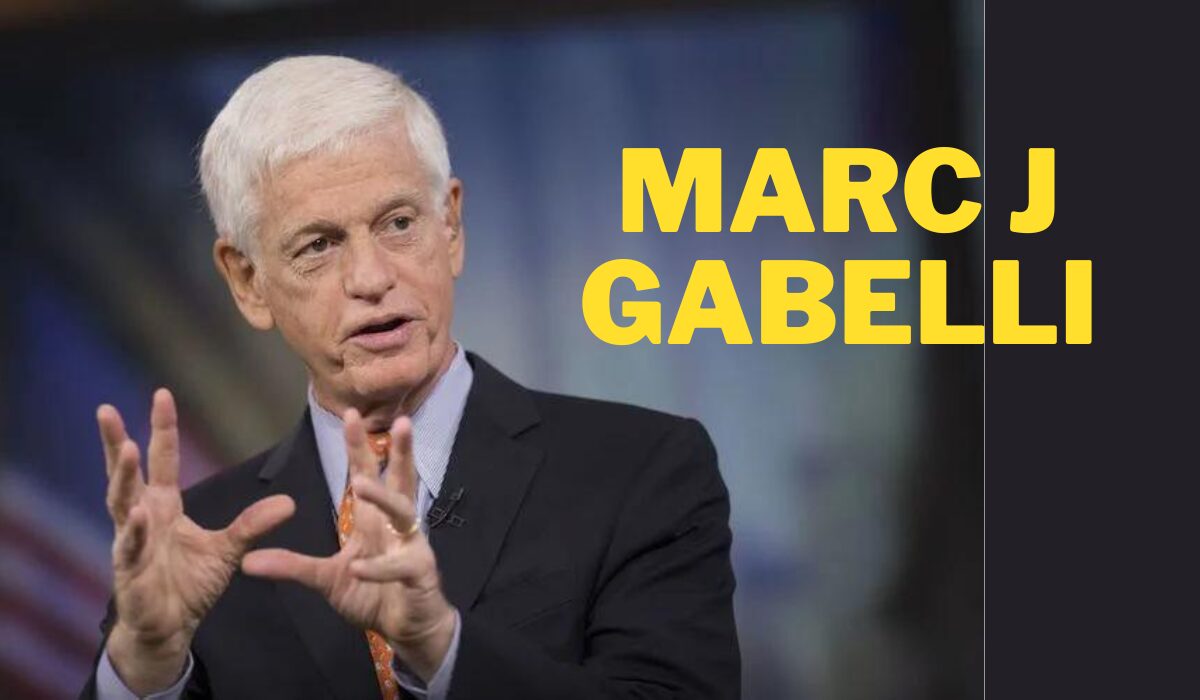In the annals of human history, the concept of cults has always fascinated and frightened society in equal measure. One particularly intriguing subset of this phenomenon is the “human gathering cult.” This term, although not widely recognized in mainstream discourse, encapsulates a range of social groups and movements centered around the act of gathering individuals under a shared belief system or purpose.
Defining a Human Gathering Cult
A human gathering cult can be broadly defined as a group of individuals who come together, often under the leadership of a charismatic figure, driven by shared ideologies, beliefs, or objectives. These gatherings can vary greatly in size, purpose, and intensity, from small, close-knit communities to large, sprawling movements. What distinguishes these cults is their emphasis on the collective experience of gathering and the social rituals that reinforce group identity and cohesion.
Historical Context
Human gathering cult have emerged in various forms, often in response to social, political, or economic upheaval. For instance, in ancient times, mystery religions like those of Dionysus or Mithras provided a sense of community and spiritual fulfillment amidst the chaos of expanding empires. In the Middle Ages, millenarian movements like the Flagellants arose during periods of plague and war, offering hope and purpose through communal rituals.
In the modern era, human gathering cult have taken on new dimensions. The countercultural movements of the 1960s, such as the hippie communes, exemplified the desire for a return to communal living and spiritual awakening. More recently, the rise of digital communication has given birth to online communities that exhibit cult-like behaviors, centered around shared interests or conspiracy theories.
Social Dynamics and Characteristics
Human gathering cult typically exhibit several key characteristics:
- Charismatic Leadership: A central figure often emerges as the leader, whose personality and vision attract and galvanize followers. This leader is seen as a guide or prophet, embodying the ideals and aspirations of the group.
- Rituals and Traditions: Regular gatherings, rituals, and ceremonies play a crucial role in reinforcing the group’s identity and beliefs. These can range from spiritual ceremonies to communal living practices.
- Exclusive Belief System: The cult often promotes a unique set of beliefs or worldview that distinguishes its members from the broader society. This can create a strong in-group/out-group dynamic.
- Intense Social Bonds: Members of human gathering cult typically form strong, familial bonds with one another, fostering a sense of belonging and loyalty. This social cohesion is a powerful draw, especially for individuals seeking connection and meaning.
- Isolation and Control: To maintain cohesion and control, some cults may isolate their members from external influences and enforce strict adherence to group norms and rules.
Modern Examples
In contemporary society, human gathering cult manifest in diverse forms. Some are relatively benign, offering spiritual growth and community support, such as certain New Age groups or wellness retreats. Others, however, can be more insidious, leading to psychological manipulation, financial exploitation, or even violence.
For instance, the infamous case of the Peoples Temple led by Jim Jones in the 1970s, which culminated in the tragic Jonestown massacre, exemplifies the potential dangers of such cults. More recently, the NXIVM organization, initially marketed as a self-help group, revealed a darker side involving coercion and exploitation.
Psychological and Social Impact
 The psychological impact of participation in a human gathering cult can be profound. For many, the initial sense of belonging and purpose can be immensely fulfilling. However, the intense social pressure and potential for manipulation can lead to significant emotional and mental distress, especially for those who choose to leave or are forced out of the group.
The psychological impact of participation in a human gathering cult can be profound. For many, the initial sense of belonging and purpose can be immensely fulfilling. However, the intense social pressure and potential for manipulation can lead to significant emotional and mental distress, especially for those who choose to leave or are forced out of the group.
These cults can both reflect and exacerbate broader societal issues. They often arise in times of uncertainty and can serve as a microcosm of societal fears and aspirations. Understanding the dynamics of human gathering cult, therefore, provides valuable insights into the broader human condition and the perennial quest for meaning and connection.
Future Trends and Challenges
As society continues to evolve, the phenomenon of human gathering cult is likely to adapt and transform in response to new technological, cultural, and socio-political trends. Here are some potential future trends and challenges related to human gathering cult:
- Digital Cults and Online Communities: The rise of the internet and social media has already given birth to numerous online communities that exhibit cult-like behaviors. These digital cults can form around various interests, ideologies, or conspiracy theories. The anonymity and reach of the internet can accelerate the spread of these groups, making it easier for them to attract and retain members. This poses new challenges for identifying and addressing potentially harmful groups.
- Globalization and Cultural Exchange: As the world becomes more interconnected, human gathering cult may increasingly draw on a mix of cultural and religious traditions, creating hybrid belief systems. This can lead to the emergence of new, syncretic cults that blend elements from different cultures, appealing to a global audience.
- Mental Health and Support Systems: With growing awareness of mental health issues, there may be an increased focus on providing support for individuals affected by cult involvement. This includes former members who may need help reintegrating into society and coping with the psychological aftermath of their experiences. Developing effective mental health interventions and support networks will be crucial.
- Regulation and Legal Frameworks: Governments and legal systems may need to adapt to address the unique challenges posed by human gathering cult. This could involve developing new laws and regulations to protect individuals from coercive practices while balancing the right to freedom of belief and assembly. Law enforcement agencies may also require specialized training to handle cases involving cults.
- Public Awareness and Education: Increasing public awareness about the characteristics and risks associated with human gathering cult can empower individuals to make informed decisions. Educational programs can help people recognize warning signs and provide resources for those seeking help. Public awareness campaigns can also destigmatize former cult members, encouraging them to seek support without fear of judgment.
- Technological Surveillance and Privacy Concerns: While technology can help monitor and identify harmful cult activities, it also raises privacy concerns. Striking a balance between surveillance for public safety and protecting individual privacy rights will be a significant challenge. Ethical considerations must be taken into account to prevent abuse of surveillance technologies.
Conclusion
Human Gathering Cult offers a window into the complex dynamics of human social behavior, belief systems, and the quest for meaning. As society continues to change, these groups will likely evolve, reflecting new cultural, technological, and psychological landscapes. By understanding the characteristics, impacts, and future trends of human gathering cult, we can better navigate the challenges they pose while appreciating the diverse ways in which humans seek connection and purpose.
Fostering a nuanced understanding of human gathering cult requires a balanced approach that acknowledges both their potential benefits and risks. This perspective can help society develop more effective strategies for supporting individuals affected by cult involvement and promoting healthy, inclusive communities that offer genuine connection and fulfillment.
Alos Read: Ivan Cornejo Height















Leave a Reply